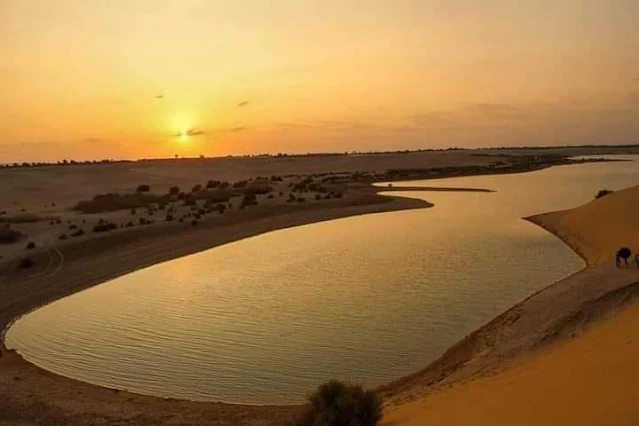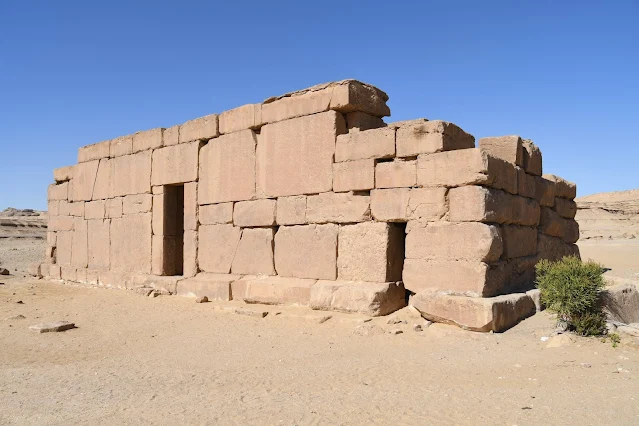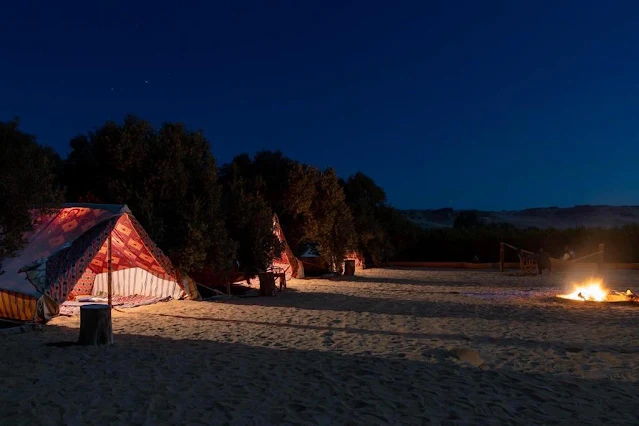Fayoum is an oasis in Egypt located about 85 miles southwest of Cairo. It is known for its many natural attractions, including Lake Qarun and the Wadi El-Rayan Protected Area. The area is also home to several ancient monuments, including the ruins of Karanis.
Fayoum Oasis is an oasis in Egypt located approximately 85km southwest of Cairo. It is the largest oasis in the country, covering an area of about 2,800 square kilometers. The oasis is home to a variety of wildlife and vegetation, including palm trees, papyrus plants, and numerous bird species. It also contains several important archaeological sites from ancient Egypt.
Hawara pyramid
The Hawara pyramid is an ancient Egyptian burial complex located in the Fayoum oasis. It was built by Pharaoh Amenemhat III of the 12th dynasty, and is one of the most intact pyramids in Egypt. The Hawara pyramid includes a large court, a temple, and several underground chambers. The entrance to the pyramid is a long, sloping corridor, which leads to a burial chamber containing several mummies. The pyramid also features a complex system of shafts and tunnels, which were used to hide the burial chamber from looters. The complex is surrounded by a mud-brick wall, and is one of the best-preserved pyramids in Egypt.
Lahun Pyramid
The Lahun Pyramid is an ancient Egyptian pyramid located in the Fayoum oasis. It was built by Pharaoh Senusret II of the 12th dynasty and is one of the best-preserved pyramids in Egypt. The pyramid includes a large court, a temple, and several. underground chambers. The entrance to the pyramid is a long, sloping corridor, which leads to a burial chamber containing several mummies. The pyramid also features a complex system of shafts and tunnels, which were used to hide the burial chamber from looters. The complex is surrounded by a mud-brick wall, and is one of the best-preserved pyramids in Egypt.
What is kahun?
Kahun is an ancient Egyptian town located in the Fayoum oasis. It was built by Pharaoh Senusret II of the 12th dynasty and is one of the best-preserved towns in Egypt. The town includes a large court, several temples, and several residential areas. The most notable structure in Kahun is the pyramid of Senusret II, which stands at approximately 60 feet 48 meters) tall. The town also features a complex system of shafts and tunnels, which were used to hide important structures from looters.
Wadi Hitan
Wadi Hitan is a protected area in the Fayoum oasis of Egypt. It is home to some of the world’s best-preserved fossils of ancient whales, sharks, and other marine animals. The area also features numerous natural attractions such as hot springs, sand dunes, and salt lakes. Wadi Hitan was designated as a UNESCO World Heritage Site in 2005 due to its unique geological features and its importance for scientific research.
Dimeh el Sebaa
Dimeh el Sebaa (Soknopaiu Nesos) is an ancient Egyptian archaeological site located in the Fayoum oasis of Egypt. It was first discovered in 1894 by British archaeologist Flinders Petrie and is one of the best-preserved sites from the Middle Kingdom period. The site includes numerous monuments, including a temple dedicated to Sobek, a crocodile god. The site also features several tombs and stelae, which provide valuable insight into ancient Egyptian culture and religion. Dimeh el Sebaa (Soknopaiu Nesos) was designated as a UNESCO World Heritage Site in 1979 due to its importance for scientific research.
Camping in Fayoum
Camping in Fayoum is a great way to experience the natural beauty of the oasis. There are several camping sites located around Lake Qarun, Wadi El-Rayan Protected Area, and other natural attractions in Fayoum. Campers can enjoy activities such as swimming, bird watching, and exploring the ruins of ancient monuments. Most campsites offer basic amenities such as restrooms and showers, but campers should be prepared for hot weather and bring plenty of water.
Tunis village in Fayoum
Tunis Village is a small village located in the Fayoum oasis of Egypt. It is home to approximately 2,000 people and is known for its unique culture and architecture. The village includes several mosques, a traditional market, and numerous mud-brick houses. Tunis Village also features a number of ancient monuments, including the ruins of an old fort and several tombs from the Middle Kingdom period. Visitors to Tunis Village can explore the local culture, enjoy traditional cuisine, and take part in activities such as camel riding and sandboarding.







No comments:
Post a Comment